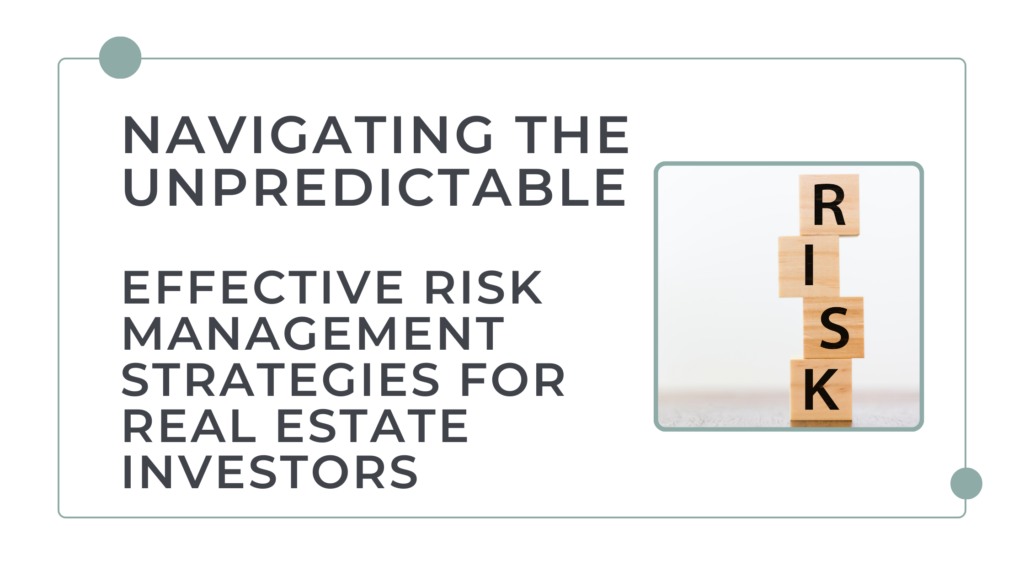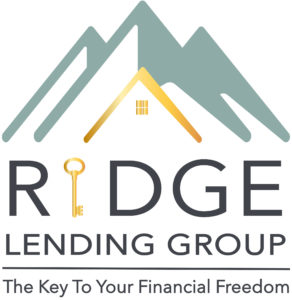In the ever-evolving landscape of real estate investing, understanding and managing risk is crucial for ensuring the longevity and profitability of your investments. From market fluctuations to tenant-related issues, this article delves into various strategies to help you mitigate risks and safeguard your portfolio against potential setbacks.
Market Risk: Preparing for Real Estate Market Fluctuations
Real estate markets can be volatile, with prices fluctuating due to economic conditions, interest rates, and other external factors. To manage market risk, it’s essential to stay informed about trends and economic indicators that could affect property values. Diversifying your portfolio across different types of properties and geographic areas can also help buffer against market downturns. Regularly reassessing your investment’s market value and exit strategies is crucial for adapting to changes swiftly.
Tenant Risks: Ensuring Stability and Compliance
Tenant-related issues, such as prolonged vacancies, non-payment, and legal disputes, can significantly impact your cash flow and investment returns. Implementing a rigorous tenant screening process is vital to finding reliable tenants. Additionally, maintaining a good landlord-tenant relationship can minimize disputes and vacancies. Consider legal services and professional property management to handle leases, collections, and potential evictions effectively.
Property-Specific Risks: Mitigating Unforeseen Property Issues
Investing in real estate also involves risks specific to each property, such as unexpected repairs or issues arising from zoning changes. Conducting thorough due diligence before purchasing a property, including a professional inspection and review of its legal and zoning status, can help identify potential problems early. Setting aside a contingency fund for unexpected repairs or upgrades is also a prudent practice to avoid financial strain.
Financial Risks: Managing Debt and Leverage
While leverage can amplify your investment returns in real estate, it also increases financial risk. Managing your debt levels carefully to ensure they are sustainable even in downturns is crucial. It’s important to secure financing with manageable terms and keep a healthy debt-to-income ratio. Refinancing existing properties at lower interest rates can reduce monthly payments and improve cash flow.
Insurance: A Safety Net Against Unforeseen Losses
Insurance is an essential tool for protecting against unforeseen losses due to natural disasters, property damage, or liability claims. Adequate insurance coverage ensures that you are not out-of-pocket for major repairs or legal claims. Regularly reviewing and updating your insurance policies to reflect current property values and risks is crucial to maintaining adequate coverage.
Conclusion
Effective risk management in real estate investing doesn’t just protect assets—it also provides peace of mind. By understanding the types of risks associated with real estate and implementing strategies to mitigate them, investors can position themselves for long-term success. Stay proactive, informed, and prepared to adapt to new challenges as they arise.
For investors looking to deepen their understanding of risk management strategies in real estate, or to start building their own investment portfolios with expert guidance, visit https://www.ridgelendinggroup.com/. Start your application today and receive a free consultation to ensure your investments are protected and profitable.


